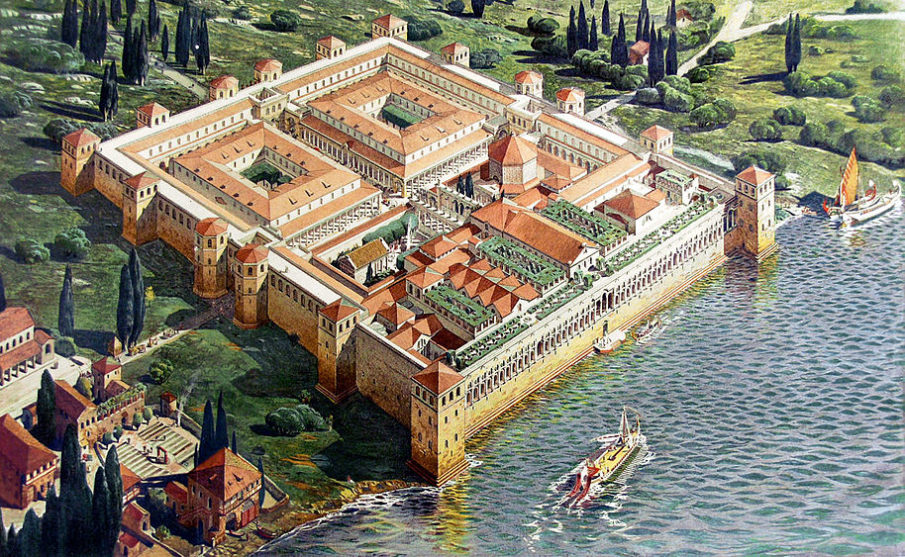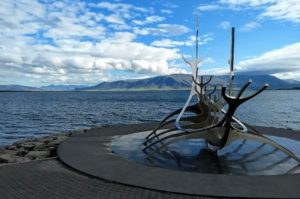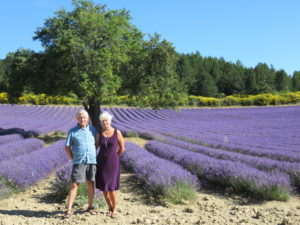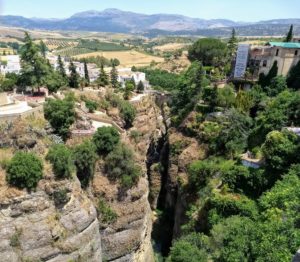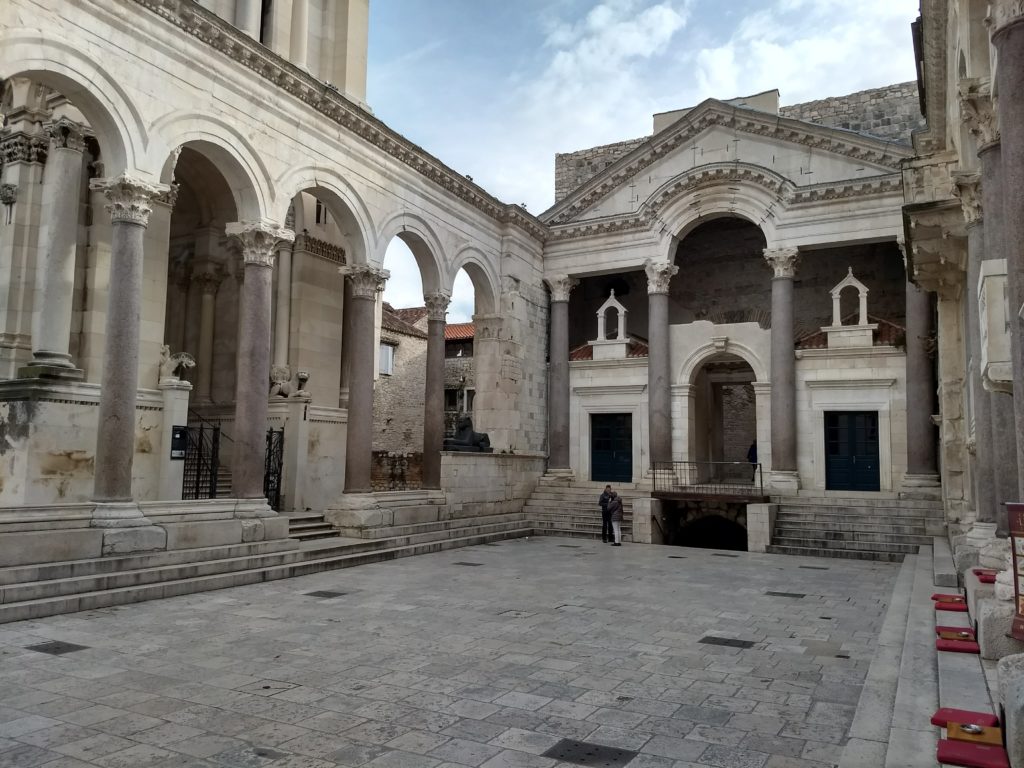
Diocletian, born in Dalmatia, was a Roman Emperor for twenty years. He had the palace constructed in Aspalathos (modern day Split) near Salona. Diocletian had divided the Roman Empire into two regions, appointing another emperor for the Western Empire while he ruled the Eastern Empire. Salona was the capital of the Eastern Empire and as large as Rome, with around 60,000 inhabitants. He was the first Roman emperor to voluntarily retire, supposedly due to ill health, and this palace became his retirement home in 305 AD.
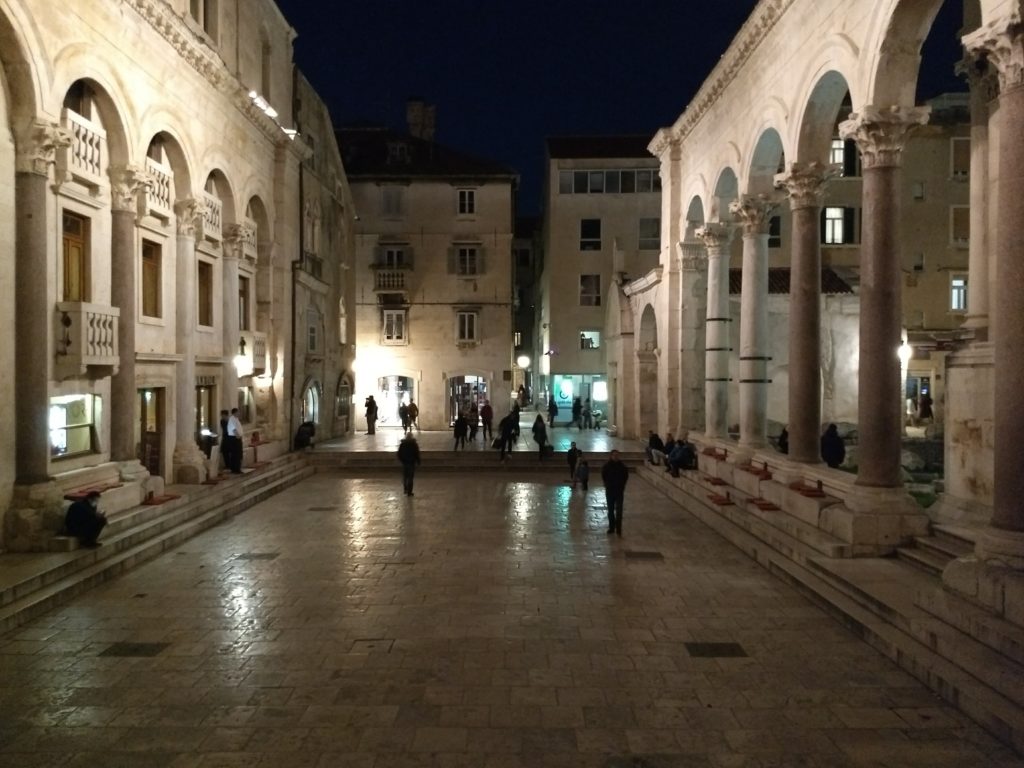
It is believed that Diocletian had not necessarily planned full retirement. There are signs of a textile industry within the palace. Diocletian wore purple robes and he had imposed a state monopoly on this dye. The industry was very profitable but needed water. The nearby river and water aqueducts, extended from Salona provided this. Sulphur needed for bleaching, was provided by the sulphur springs by the city (you can still smell the sulphur on part of the waterfront, where the springs still flow). He was asked to be emperor again in 308 AD, but apparently stated that growing vegetables was more rewarding than ruling an empire!
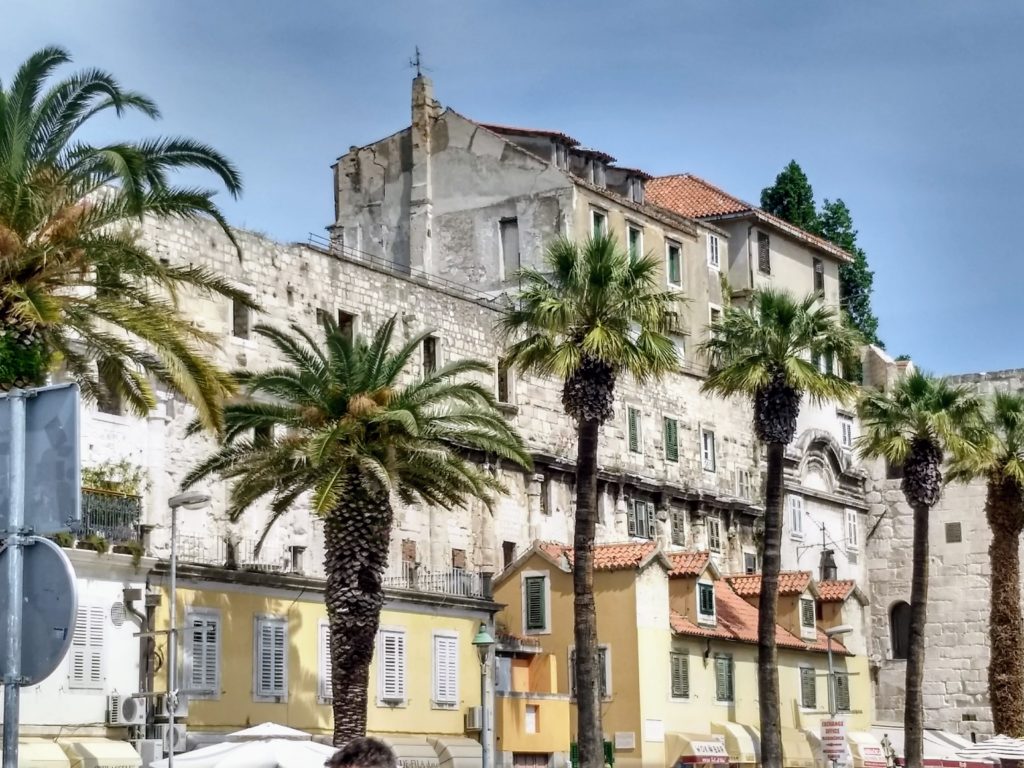
The palace structure is massive, covering 7.5 acres (3 hectares). It was in fact about half palace and half military garrison. The palace was constructed using local marble from the nearby island of Brač. (The same quarries that would later supply the marble for The White House in Washington DC.) The three landside walls are heavily fortified, whilst the palace front, facing the sea, has an elaborate architectural facade. There are four gates into the palace (Gold, Silver, Iron and Bronze), with two main streets leading to courtyards. The main courtyard (Peristyle) was the central meeting place. The palace included three temples and a mausoleum.
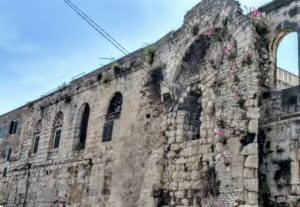
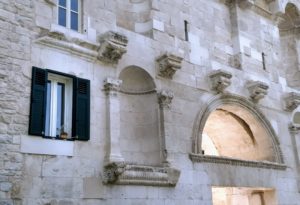
Diocletian died around 316 AD. After his death the Palace saw little substantial use until the 7th century. At that time the Slavs and Avars (tribes from the eastern Caucasus and beyond) were attacking the Roman Empire. The citizens of nearby Salona fled to the Palace. From this time on, the residents built their homes and business within the palace and garrison structures, even directly into the walls. The town grew through medieval times becoming a regional center. Christianity became predominant. The Roman temples became Christian churches or were replaced. Even Diocletian’s remains were removed and his mausoleum became a chapel. The city saw the continuous tumultuous times as the rest of Dalmatia. Surviving through the controls of Venetians, Napoleonic Kingdom of Italy, Hapsburgs, Kingdom of Yugoslavia, German occupation, Republic of Yugoslavia to modern times.
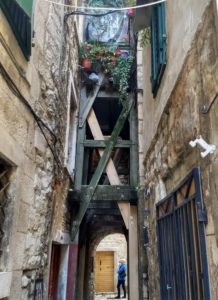
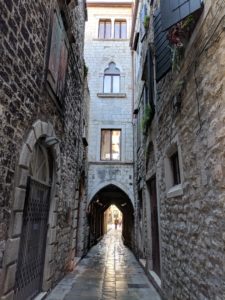
Large portions of the original Palace still survive and provide the core structure to the city. Battlements in the west side were added during the Venetian/Turkish wars in 16th/17th centuries, some to be demolished in the 19th century to expand the city. Many signs of subsequent structural supports can be seen when walking the city. Preservation has been more important than demolition and replacement. Subsequent generations have adapted their lives around the existing walls. Smaller palaces were built within the city. Substantial work in recent times has been done on cleaning and renovation. The city is a UNESCO site and considered one of the most important Roman sites.
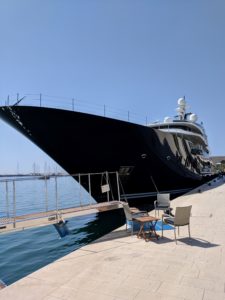
We have thoroughly enjoyed exploring the palace and walking through the maze of narrow streets 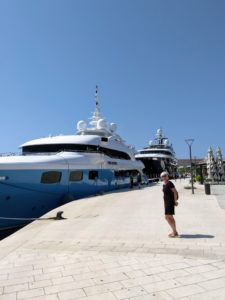 and alleyways. There are around 3,000 residents within the walls, and a lot of Airbnbs! With a large population immediately outside the walls, the city does not die in the off season, although many bars and shops do close. The season is April to October, with July, August when the town is overwhelmed by tourists. Split is the main terminal for the ferries to the many nearby islands. It is also a center for yacht charters and boat cruises. Cruise ships arrive every few days, unloading a few thousand people for the day. Whilst we were there one very large power yacht arrived. Its charter rate was around $1,000,000 per week, plus expenses!
and alleyways. There are around 3,000 residents within the walls, and a lot of Airbnbs! With a large population immediately outside the walls, the city does not die in the off season, although many bars and shops do close. The season is April to October, with July, August when the town is overwhelmed by tourists. Split is the main terminal for the ferries to the many nearby islands. It is also a center for yacht charters and boat cruises. Cruise ships arrive every few days, unloading a few thousand people for the day. Whilst we were there one very large power yacht arrived. Its charter rate was around $1,000,000 per week, plus expenses!
In front of the Palace now exists a beautiful, broad, pedestrian promenade,” the Riva”. This is people watching heaven! As on similar promenades throughout the Mediterranean, cars have made way for people. Locals finish their days enjoying life’s simple pleasures in the cafes and strolling the promenade, in a city that so seamlessly weaves its past and present. One hopes that the increasing influx of tourists do not take that away from them.
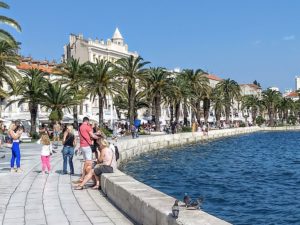
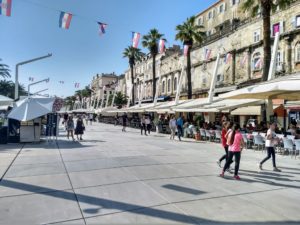
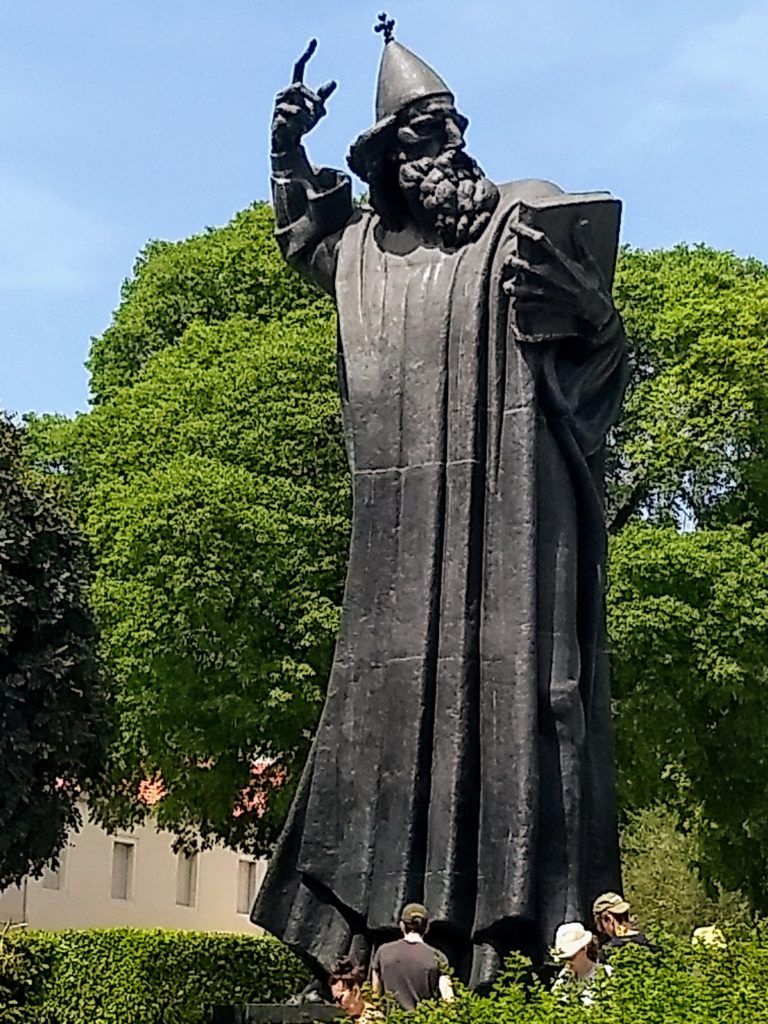
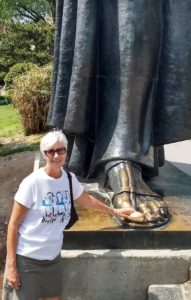
Grgur Ninski was a 10th century bishop who fought with Rome to have religious services in held in Croatian rather than Latin. This was to allow the population to understand the services. He became a beacon for Croatian unity and Christianity. In 1929, to commemorate the 1000 years after Croatian was used in services, a 28-foot (8.5 meter) statue of him was erected in the Palace. In 1941 the Italian occupying forces cut the statue into several pieces and dumped it outside the city. It was felt the statue was too important to the local people and would incite them to rebel. In 1954 the pieces were recovered, and the statue erected outside the northern Golden Gate to the city. A tradition developed that if you rubbed his toe whilst making a wish, it would come true. So now the big toe is highly polished from locals and tourists rubbing his exposed left toes. Susan rubbed the toe, not sure what she wished for!
Traditional Croatian singing in the Palace Entrance (lady was not part of the capella group, she photo bombed many photos)
